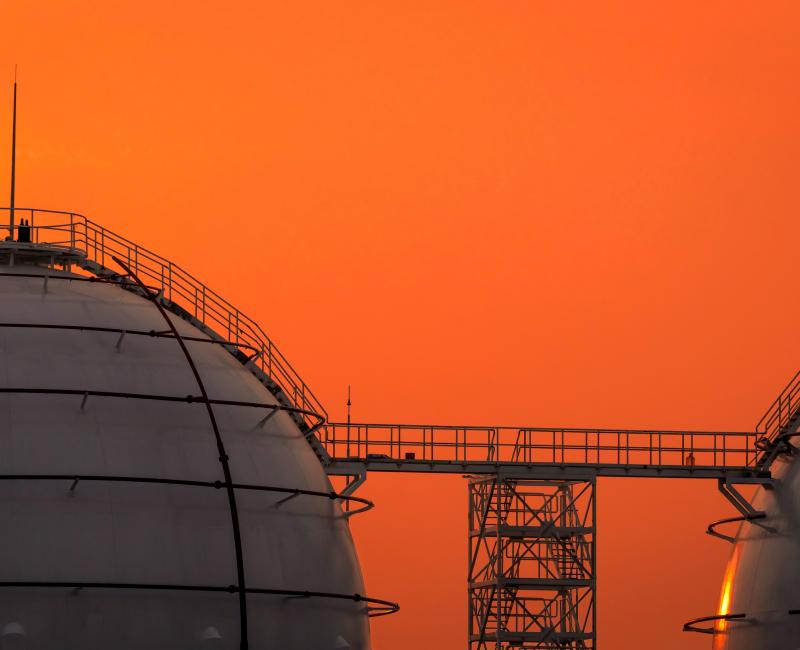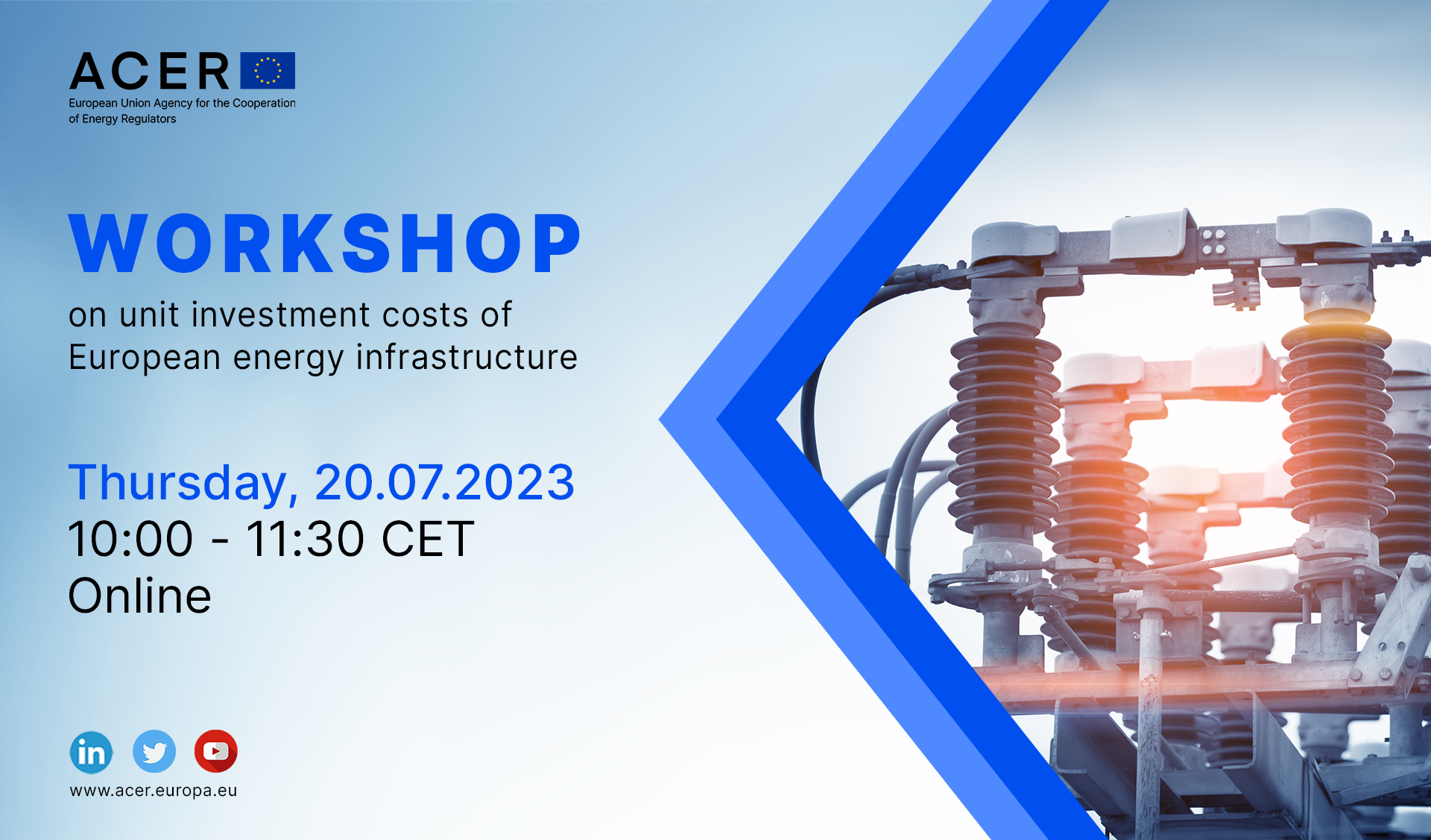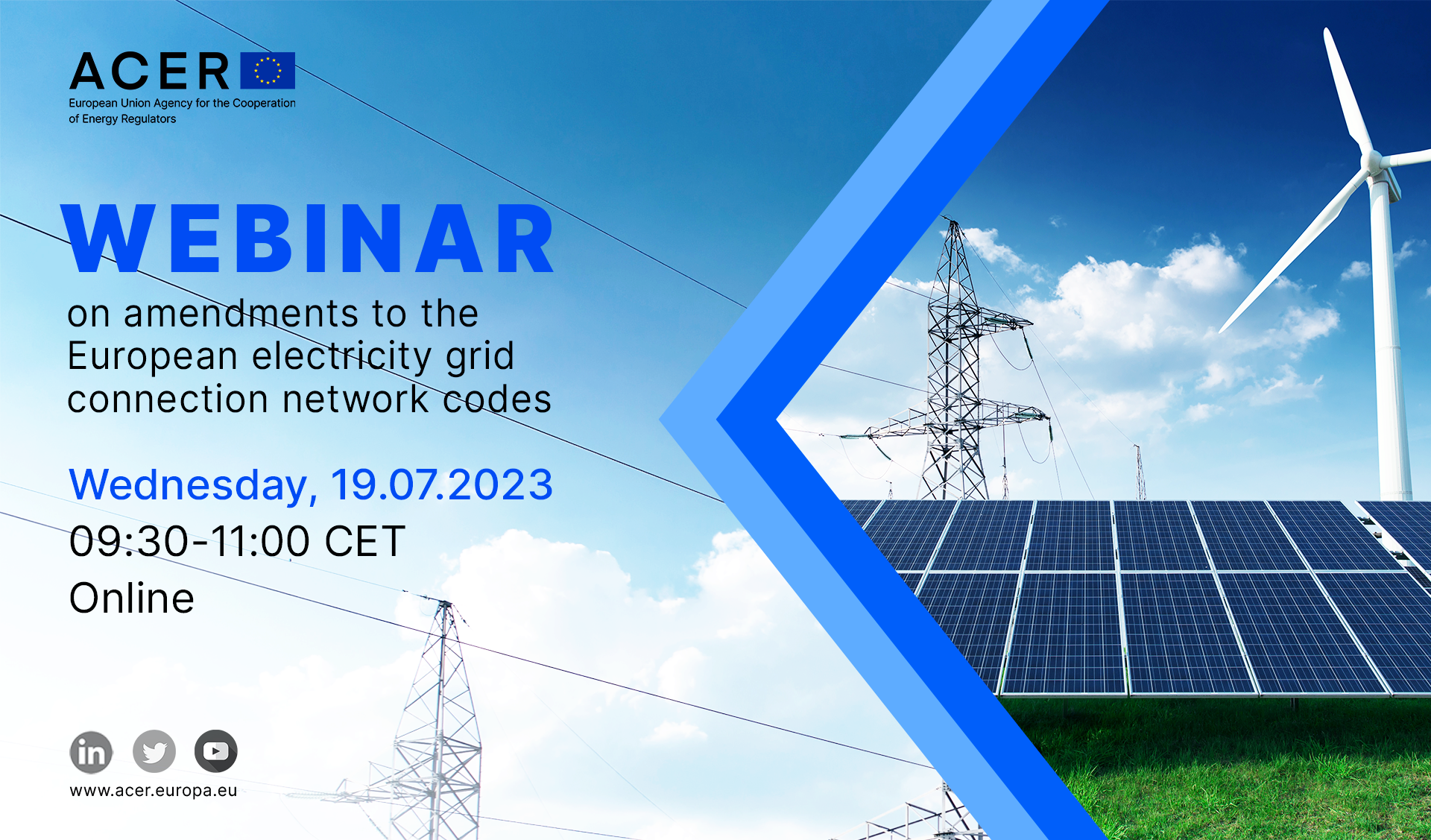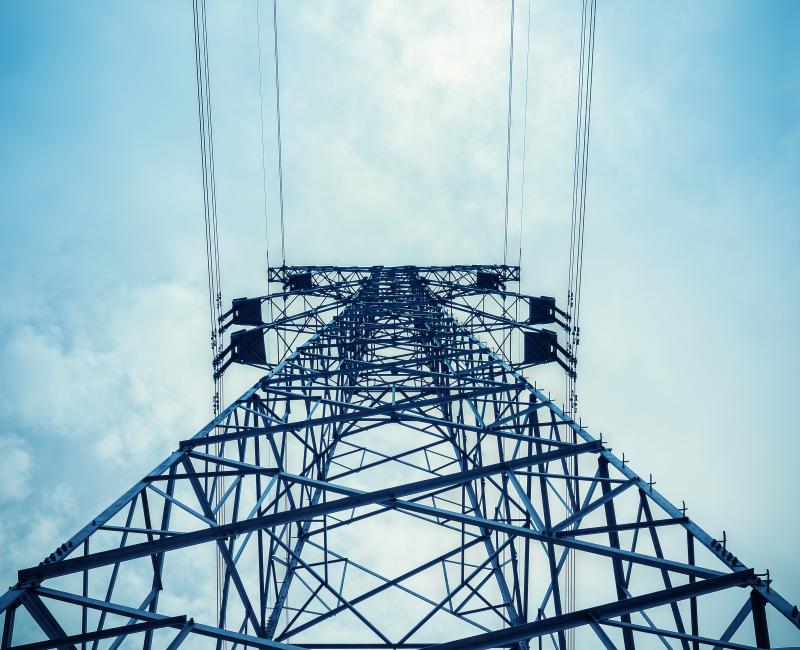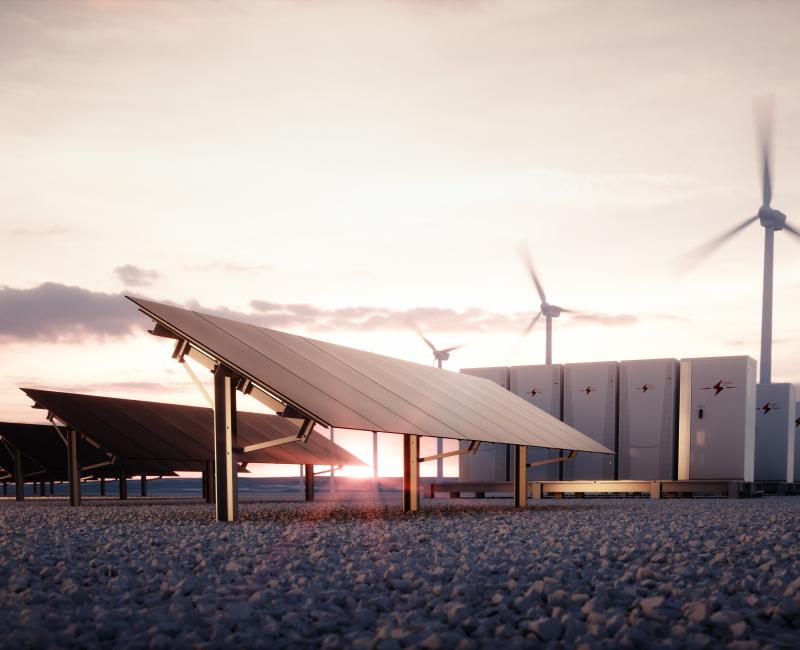Summer and Winter Outlooks
Summer and Winter Outlooks
What is it?

ENTSO-E assesses seasonal adequacy and publishes the outcomes in the form of a Summer Outlook and a Winter Outlook. This foresight helps to alert Member States, transmission system operators and other stakeholders of risks of power shortages anticipated over the next six months.
Seasonal adequacy assessments are part of the electricity crisis-management framework established by the Risk Preparedness Regulation. Evaluation of scenarios for the upcoming summer or winter seasons follows the Methodology proposed by ENTSO-E and approved by ACER Decision.
ACER may provide an opinion on the results of the seasonal adequacy assessment. When doing so, ACER considers the objectives of non-discrimination, effective competition, and efficient and secure functioning of the EU electricity market.
ACER follows closely ENTSO-E’s work on seasonal adequacy and shares its considerations with all stakeholders via its opinions or with relevant communication.
